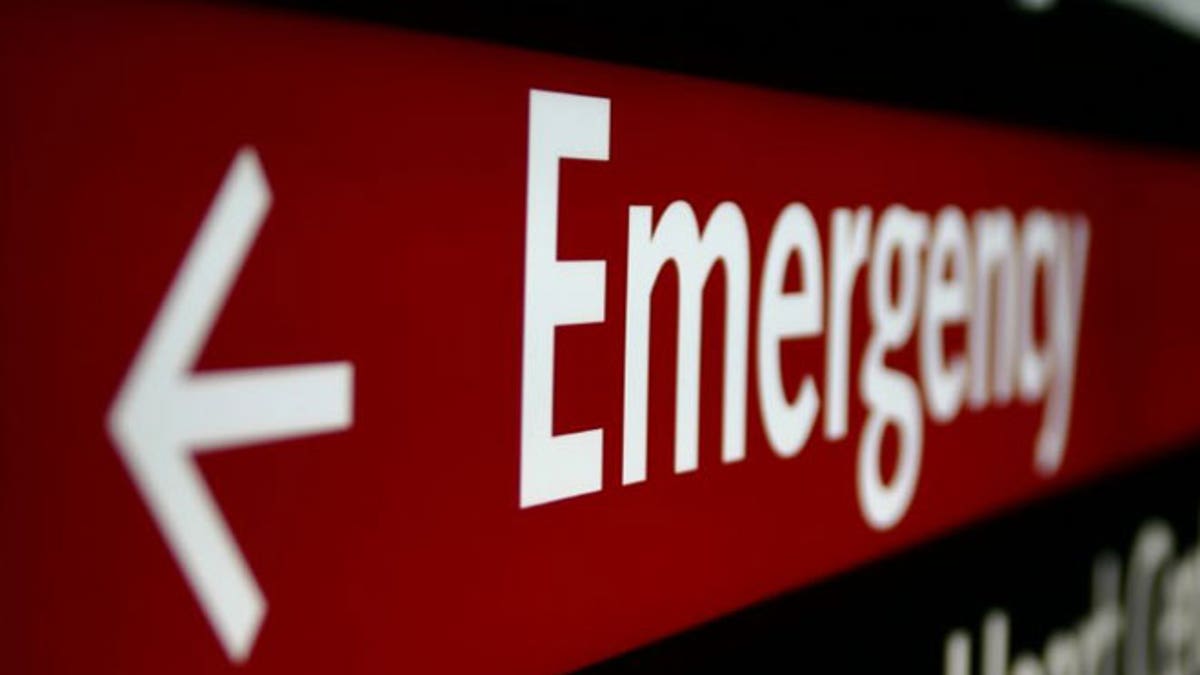
After a stroke, timing is everything in the race to save the brain, yet many patients aren't diagnosed and treated quickly enough to prevent permanent disability or death.
Now many hospitals are adopting new strategies to speed up care, which studies show improves the odds for patients who have a stroke caused by a clot obstructing blood flow to the brain. Using technologies such as video conferencing and mobile robots, neurologists are able to order and review tests, evaluate patients remotely, and start critical procedures, in some cases while a potential stroke patient is still en route to the ER.
Fast communication means people can rapidly get an intravenous drug that is known to break down blood clots, called tPA for tissue plasminogen activator. Often described by neurologist as “Drano for the brain”—it is most effective given within three hours of the stroke’s onset, or up to 4.5 hours for some patients. For about a third of patients who have larger clots, doctors are more quickly able to perform an additional procedure called endovascular therapy, or ET, which uses a thin tube inserted via an artery in the groin to pull out a clot and restore blood flow to the brain.
Close to 800,000 people in the U.S. suffer a stroke each year, with about 85% of those the type known as ischemic, caused by blood clots. It is typically diagnosed by a CT scan to rule out bleeding in the brain, the cause of another type of stroke known as hemorrhagic, for which tPA can be dangerous. But hours may have already elapsed before a patient gets to the ER, and once there, getting diagnostic tests interpreted can also take extra hours, especially in hospitals not connected to a major stroke center. Although guidelines call for starting tPA within 60 minutes of hospital arrival, less than a third of patients are treated within that “door to needle” time frame, studies show.
Neurologists are in short supply, so many hospitals are turning to virtual stroke networks staffed by specialists from a variety of hospital bases who interpret scans and diagnose strokes. Through a national Target Stroke program, hospitals are working with first responders and emergency medical services, to notify them about possible victims before they arrive. A single call can activate stroke teams which can fast-track CT scans for the patient’s arrival. Hospitals in Cleveland and Houston are dispatching special ambulances rigged up as mobile stroke centers modeled on a successful program in Germany.
